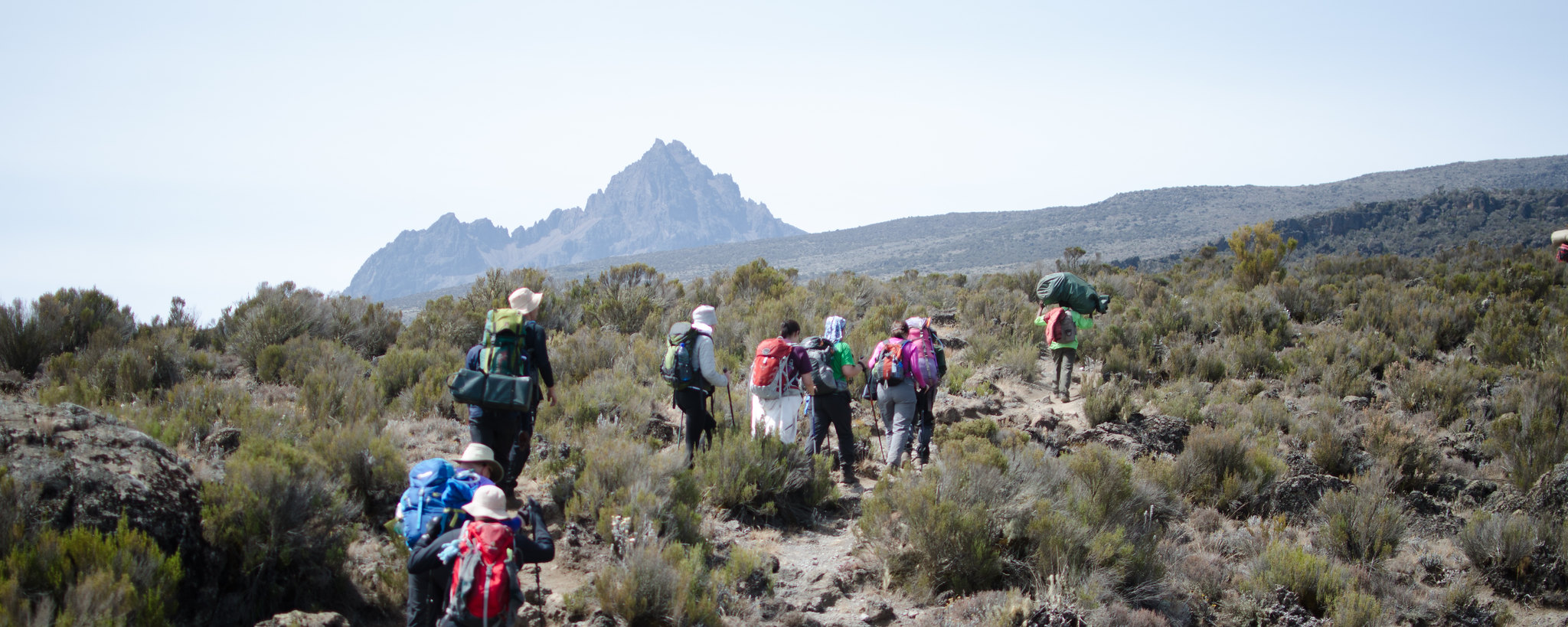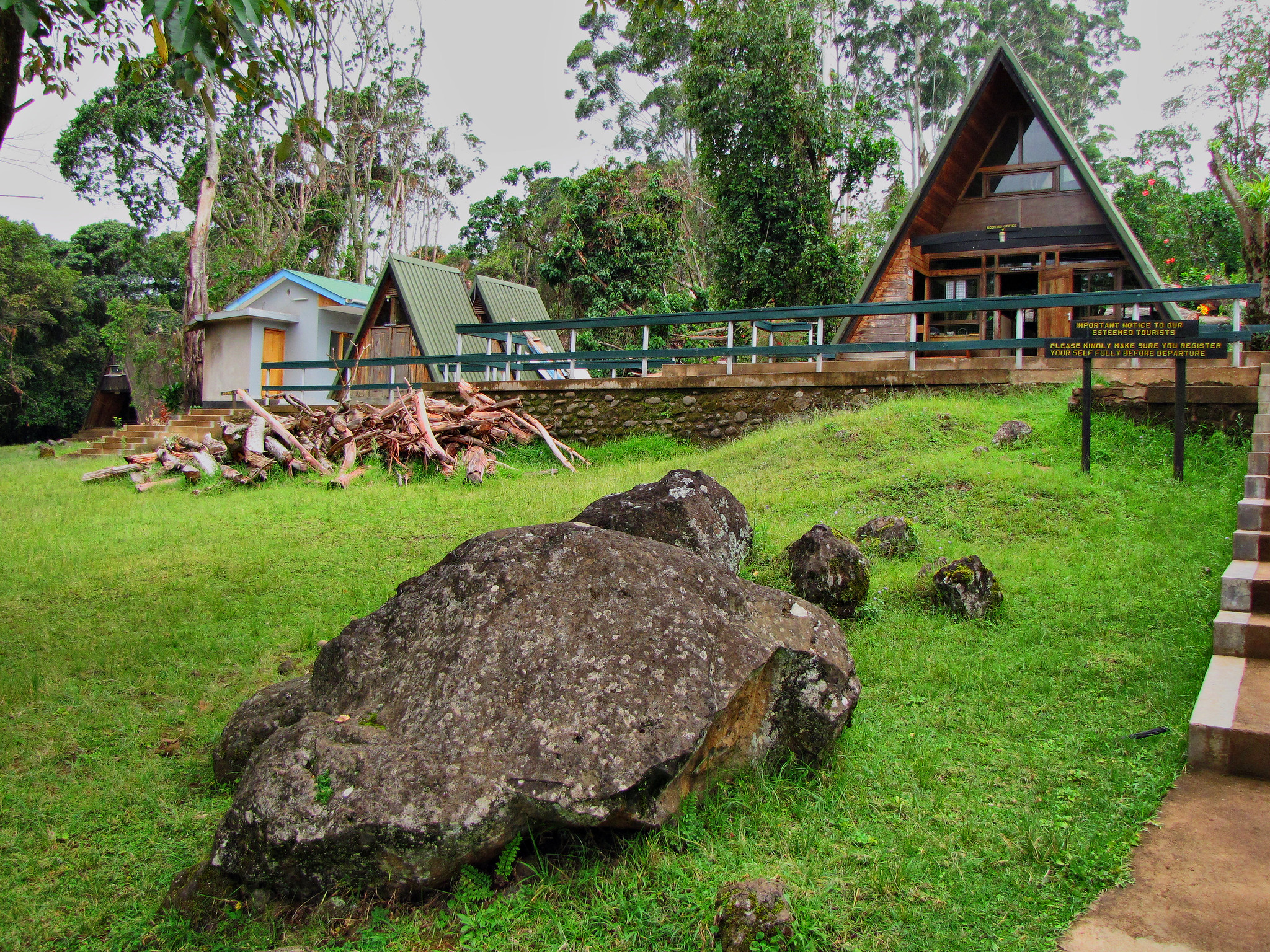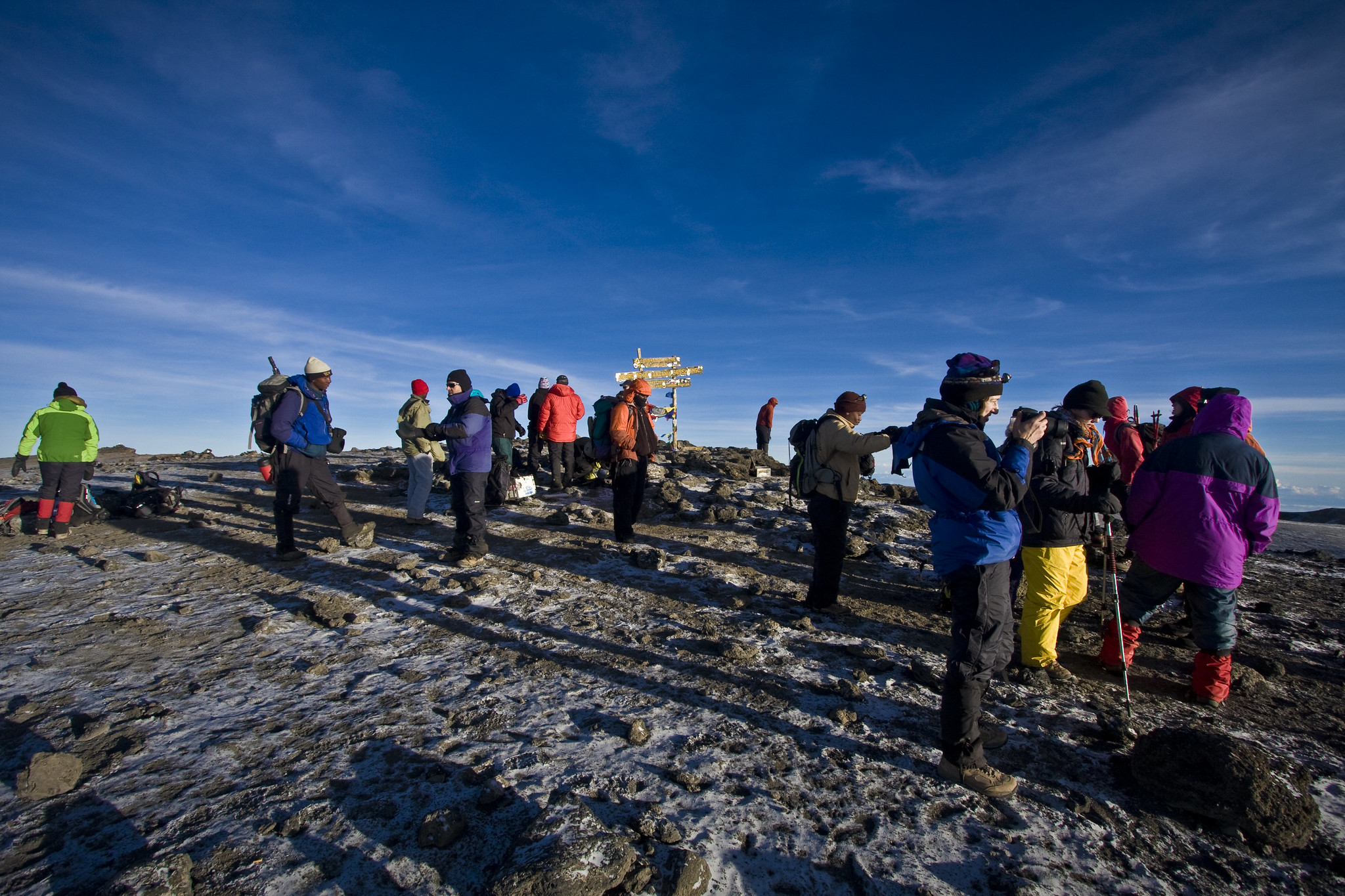Isimila Stone Age
One major Stone Age site, called Isimila, is located within a korongo (erosion gulley) on the Iringa plateau in Tanzania
and has long been recognised as a site of international importance for
understanding the behavioural complexity and plasticity of our hominin
ancestors.
Here, in the late 1950s, amid a dramatic landscape of eroded sandstone pillars, archaeologists unearthed one of the most significant Stone Age finds ever identified.
Tools found at the site – hammerstones, axeheads, flints and scrapers – are estimated to be between 60,000 and 100,000 years old. There’s a museum with small, well-captioned displays highlighting some of the discoveries. Isimila is signposted off the Mbeya road to the left, about 21km southwest of Iringa.
The main pillar area is accessed via a walk down into a steep valley (about one hour round-trip), for which you’ll need a guide. Visits are best in the morning or late afternoon, when the sun is not at its zenith.
There’s also a covered picnic area (bring your own food). Unexpectedly, the dusty museum has an excellent small shop selling colourful men’s shirts and a few other items.
Some of the magnificent pillars standing tall worth visit and study at the Isimila Stone Age sites in Iringa.
TALK of Iringa and what comes in one’s mind is the historical battle of Chief Mkwawa, the Hehe tribal leader fighting the Germans without many realizing that the region has several historical and tourists’ attraction sites worth visit in the Southern Circuit besides Ruaha National Park and Nyerere National Park (formerly Selous Game Reserve).
About 21km southwest of Iringa off the Mbeya road to the left is a signpost of one of the major Stone Age site, called Isimila, located within a korongo (erosion gulley) on the Iringa plateau that has long been recognised as a site of international importance for understanding the behavioural complexity and plasticity of our hominid ancestors.
Or deciding to take a public transport also as an adventure, the site is straightforward to reach by one taking an Ifunda or Mafinga dalla-dalla (public commuter buses) from the Iringa town bus station and ask the driver to drop you at the Isimila junction (Tsh1500), from where it’s a 15-minute walk to the site. Taxis charge from about Tsh25,000 for the return trip.
Or with a private vehicle drive to nearby Tosamaganga, a pretty hilltop mission station established by Italian missionaries in the early 20th century. It’s reached via the unsignposted ‘Njia Panda ya Tosamaganga’ turn-off from the main road, 4km northeast of the Kalenga turn-off. Follow the wide, unpaved road for about 5km, first past cornfields and then along a eucalyptus-lined lane to the red-tile roofs and imposing church of the mission.
Here, in the late 1950s, according to a Conservationist at the Isimila Stone Age Site, Benedicto Jagadi, the area dotted with natural eroded sandstone pillars worth studies by researchers, archeologists and watch by tourists (both local and foreign) has a dramatic landscape ever identified.
With a bit of endurance for heat and traffic, the site is straightforward to reach by bicycle from Iringa. Via public transport, take an Ifunda or Mafinga dalla-dalla from the Iringa town bus station and ask the driver to drop you at the Isimila junction (Tsh1500), from where it’s a 15-minute walk to the site. Taxis charge from about Tsh25,000 for the return trip.
A possible detour on bicycle or with private vehicle is to nearby Tosamaganga, a pretty hilltop mission station established by Italian missionaries in the early 20th century. It’s reached via the unsignposted ‘Njia Panda ya Tosamaganga’ turn-off from the main road, 4km northeast of the Kalenga turn-off. Follow the wide, unpaved road for about 5km, first past cornfields and then along a eucalyptus-lined lane to the red-tile roofs and imposing church of the mission.



